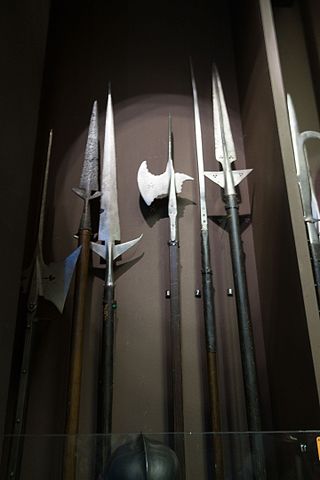Arm Yourself with Knowledge: Exploring the Most Iconic Weapons of Medieval Reenactment
In the world of historical reenactment, there is a fascination with the Middle Ages and the weapons that were wielded by knights and warriors of that era. Medieval reenactment allows enthusiasts to experience the thrill and grandeur of battles fought centuries ago. To truly immerse oneself in this world, it is essential to have a deep understanding of the weapons used during that time. This article will serve as a comprehensive guide to the popular weapons in medieval reenactment, shedding light on their significance, historical context, and how they are used today.
The Sword: Symbol of Knighthood
The Mighty Longsword
The longsword, a weapon often associated with chivalry and heroism, was the epitome of a knight's arsenal. With a double-edged blade and a hilt long enough to accommodate two hands, the longsword offered versatility in combat. Its length allowed for powerful strikes and thrusts, making it effective against armored opponents.
The Elegant Rapier
Unlike the longsword, the rapier was a lighter and more agile weapon favored by nobles and duelists. With its slender blade and intricate hilt, the rapier was primarily used for thrusting attacks. It demanded finesse and precision, making it a popular choice for those skilled in the art of swordsmanship.
The Spear: Weapon of the Masses
The Impressive Pike
In the context of large-scale battles, the pike emerged as a dominant weapon. With a length ranging from 12 to 18 feet, the pike provided infantry formations with an effective defense against cavalry charges. It allowed soldiers to create a bristling wall of spears, making it difficult for mounted knights to penetrate their ranks.
The Versatile Halberd
Combining the functions of an axe, spear, and hook, the halberd was a versatile weapon that gained popularity during the late medieval period. It became an essential tool for infantrymen, allowing them to engage enemies at different distances. The halberd's axe blade could deliver devastating blows, while the hook could be used for dismounting knights from their horses.

The Bow: Precision from a Distance
The Mighty Longbow
The longbow was the weapon that revolutionized warfare in medieval England. Made from yew or other dense woods, the longbow required years of practice to master. Its long range and piercing power made it a formidable weapon on the battlefield, capable of penetrating armor and causing significant damage.
The Swift Crossbow
In contrast to the longbow, the crossbow was easier to learn and required less physical strength to operate effectively. Its mechanical design allowed for consistent and accurate shots. The crossbow's bolts, or quarrels, could pierce armor, making it a favored weapon among foot soldiers and mercenaries.
Conclusion
In the realm of medieval reenactment, the popularity of various weapons from the Middle Ages persists to this day. Understanding the historical context and significance of these weapons adds depth and authenticity to the experience. From the mighty longsword and elegant rapier to the impressive pike, versatile halberd, and precision of the longbow and swift crossbow, each weapon has its own unique characteristics and role in medieval warfare.
By exploring and familiarizing ourselves with these weapons, we gain a profound appreciation for the skill and bravery of those who wielded them. Medieval reenactment allows us to step back in time and immerse ourselves in the rich tapestry of history. Whether it be participating in battles, duels, or tournaments, reenactment enthusiasts strive to recreate the spirit and authenticity of the Middle Ages.